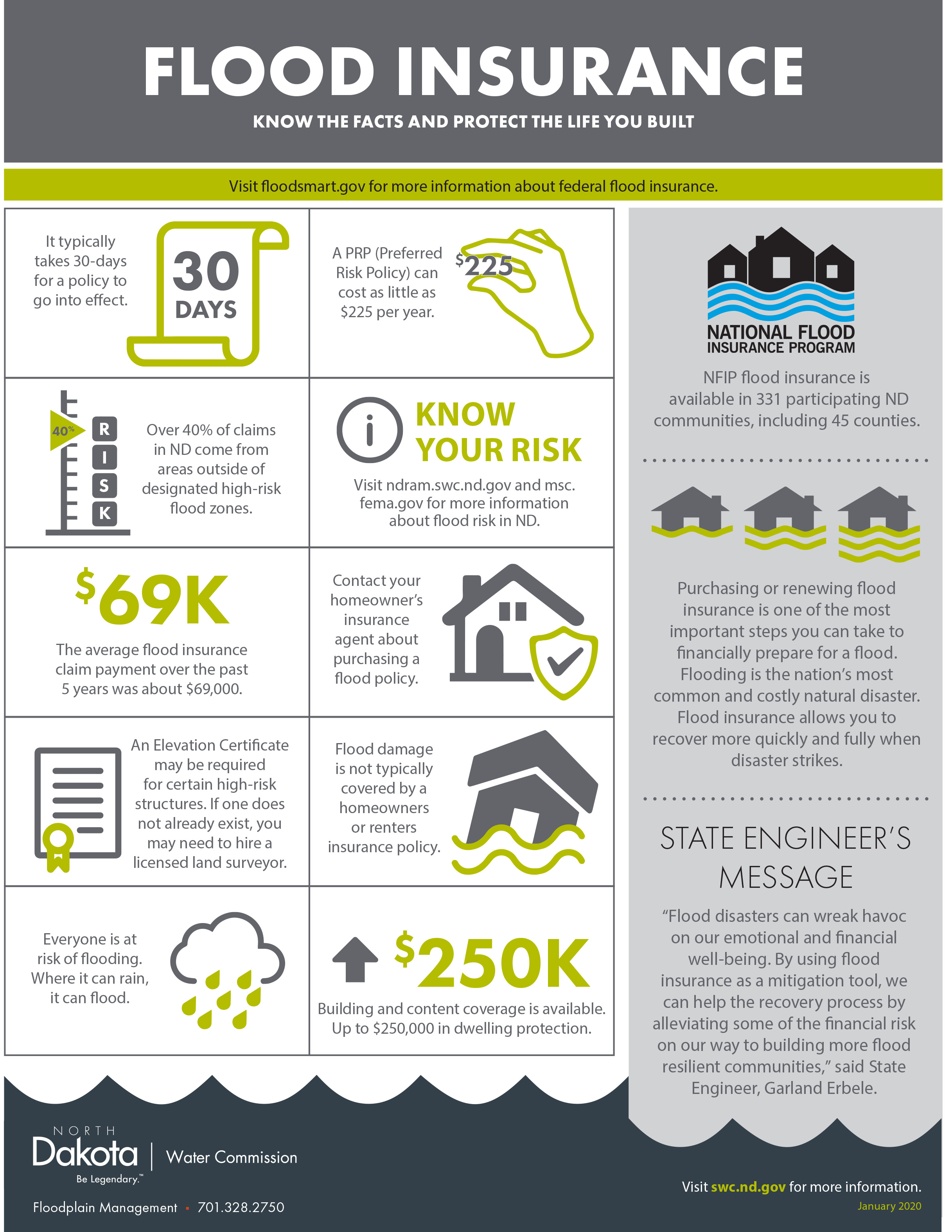

But Nicholas Pinter, a professor at the University of California, Davis who researches watersheds, said California needs to be prepared for even bigger events and that requires far more investment in flood defenses and more awareness of its danger. The storms damaged several thousand homes so badly they'll need to be repaired before people can live in them again. He's staying at the same evacuation center, hoping his home isn't too badly damaged. But it did and Reyes also had to be rescued by boat. Plus, he thought local officials had improved the storm drainage system so that a similar flood wouldn't happen again. It was too expensive, he said, and wasn’t required. Reyes knew this, but he still did not buy flood insurance.
#ONLINE FLOOD INSURANCE QUOTE BAKERSFIELD SERIES#
And three years before his neighbor Juan Reyes bought his house, a series of storms dumped record amounts of rain on the state and flooded their neighborhood. The FEMA maps don’t show Stark’s mobile home in a high risk area. The maps particularly lowball the chance of disaster in California, according to Matthew Eby, executive director of First Street Foundation, a risk analysis organization. The limitations mean flood risk is underestimated nationally. Flooding caused by heavy rains that back up storm drains is not counted, for example. Yet FEMA maps are limited and only take into account certain kinds of flooding - they don't really predict flood risk. If it is and you have a federally-backed mortgage, you are required to buy flood insurance that costs on average $950 a year. When you buy a home, a key document will be official Federal Emergency Management Agency maps that tell you if it's in a high risk flood zone. In reality, far more people are threatened by rushing or rising water. “People think the only people that need flood insurance are people who live right on the beach or on the banks of a river that has a history of flooding," Bach said. People usually buy insurance after disasters when the risk is visceral, said Amy Bach, the executive director of insurance consumers group United Policyholders. Yet California's drought has dulled people's sense of the risk of flooding. It takes targeted study to know the role of climate change in specific weather, but warmer air means storms like the ones that deluged California in recent weeks can carry more water.

It caused damage in 41 of the state’s 58 counties. The water washed out roads, knocked out power and created mudslides by soaking wildfire-charred hills. In California, 32 trillion gallons of rain and snow fell since Christmas. Private insurers issued the rest, according to the most recent state data from 2021. The federal government is the insurer for the bulk of them – about 191,000 as of December. That means only about 2% of properties are covered against flooding. In California, only about 230,000 homes and other buildings have flood insurance policies, which are separate from homeowners insurance. “I didn’t think it would flood this bad,” he explained from an evacuation center, worried that water damaged wiring and air conditioning equipment. Emergency crews showed up with boats to float Starks and other residents of his rural mobile home park in Acampo to safety.īeyond the physical destruction, the storm could pack a financial hit: Starks does not have flood insurance. (AP) - On Sunday morning, Kyle Starks woke up to floodwaters that reached the door of his Jeep after yet another heavy rain storm drenched California.


 0 kommentar(er)
0 kommentar(er)
